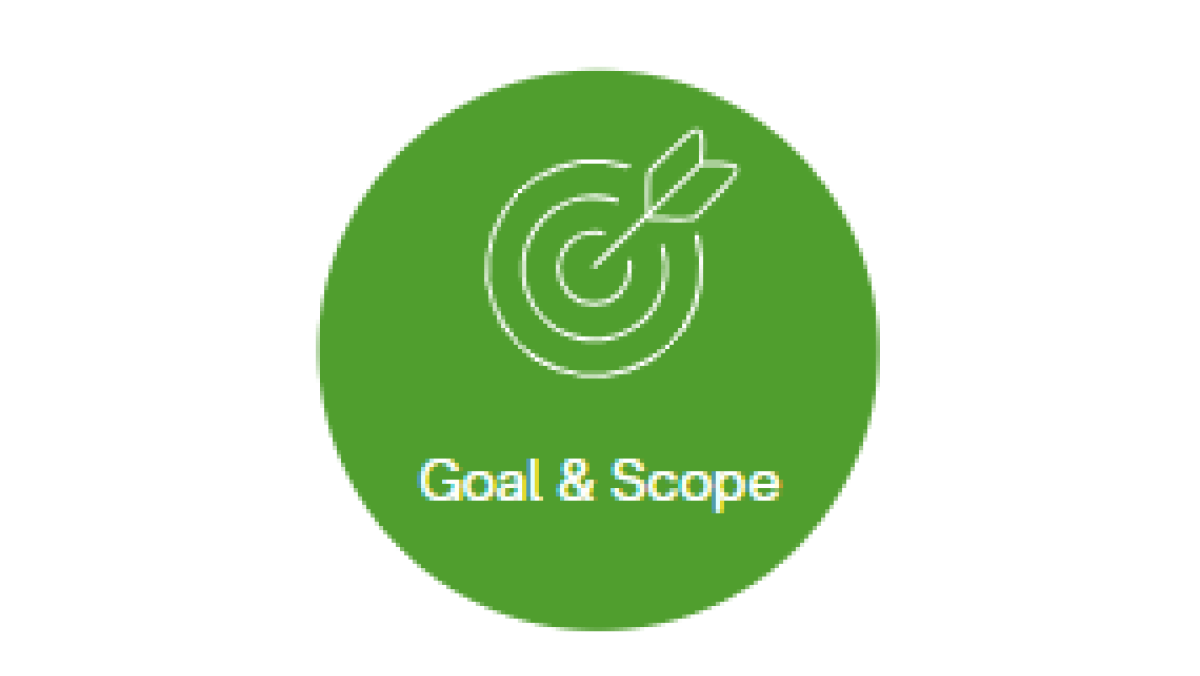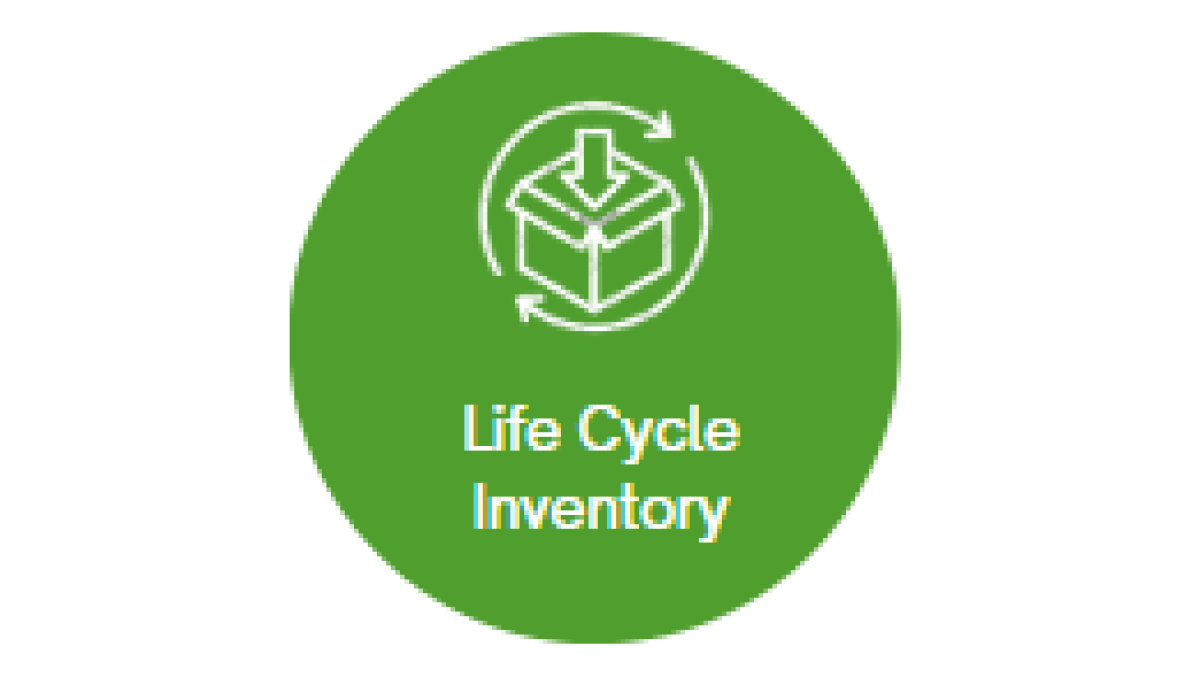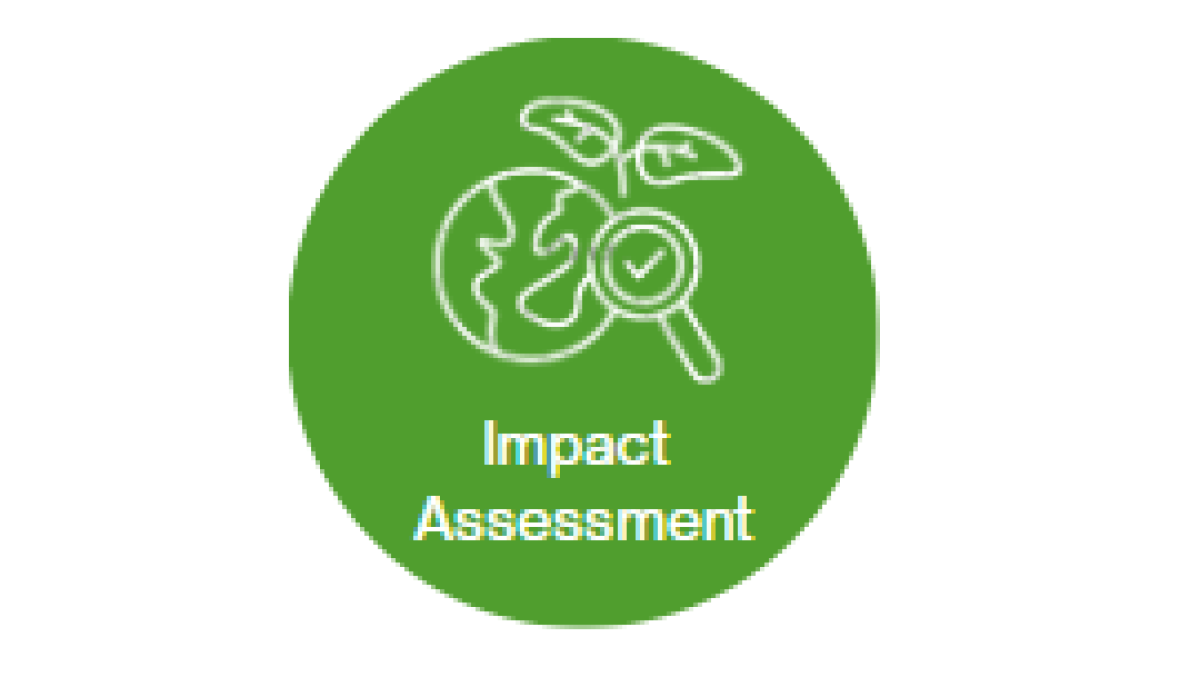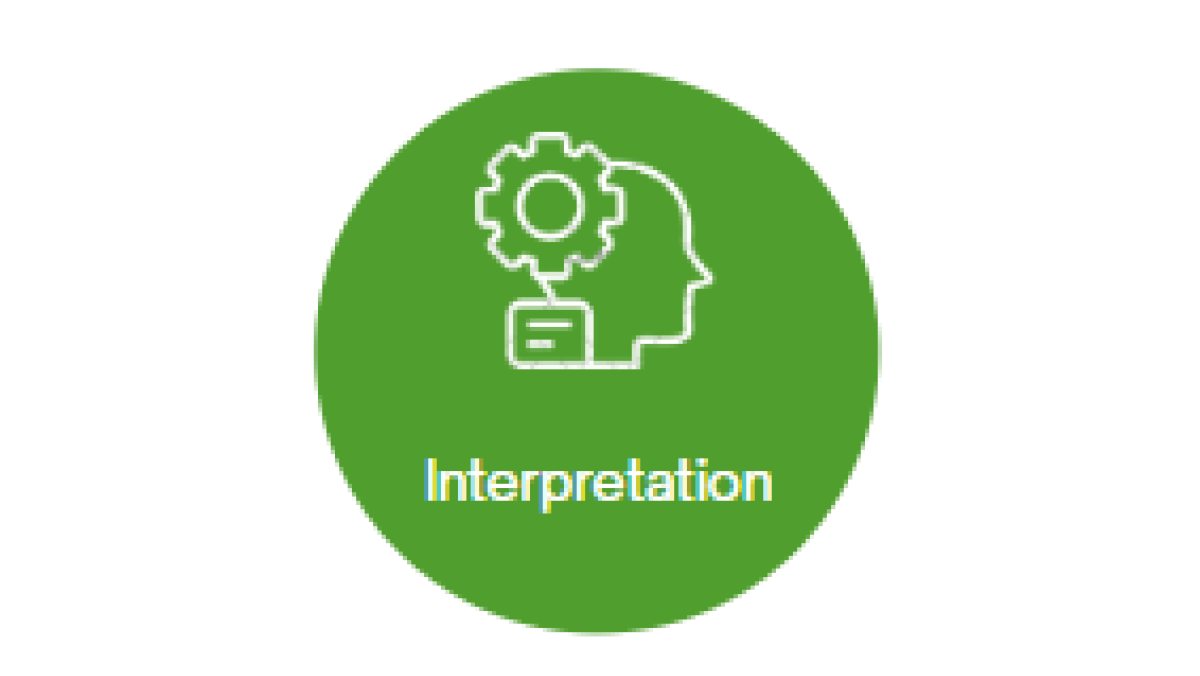Inside Life Cycle Assessment: A Closer Look at Its Four Phases
In the first article of this mini-series, we explored why Life Cycle Assessment (LCA) is becoming an essential tool for improving packaging sustainability. By shifting from assumptions to evidence, LCA helps brands make smarter decisions and communicate sustainability with greater credibility.
In this second article, we go behind the scenes to understand how LCA actually works. While the process can seem complex at first, it is built on four clear and structured phases:
Goal & Scope Definition, Life Cycle Inventory, Impact Assessment, and Interpretation.
To bring each phase to life, we’ll use Nissha Metallizing Solutions (NMS) as an example, showing how these pillars apply in a real-world packaging context and how structured analysis leads to actionable insights.

Goal and Scope Definition: The First Step in a Packaging LCA
Every Life Cycle Assessment for packaging starts by clearly defining what is being evaluated and why. The Goal and Scope Definition phase sets the foundation for the entire process, outlining the objectives of the LCA, the packaging system being analyzed, and the life cycle stages to be included. For example, a company might conduct an LCA to compare a recyclable paper-based material to a conventional multilayer plastic, or to assess the carbon footprint of a new packaging format.
This phase introduces the concept of the functional unit, which is used as the benchmark for all environmental data comparisons. At Nissha, the functional unit for our metallizing solutions is typically defined as one square meter of finished product. This unit of measurement is ideal because it provides a clear and consistent basis for measuring environmental impacts. Using a standardized unit ensures that comparisons across different solutions are meaningful and reliable, in line with the ISO 14040 and ISO 14044 guidelines. A similar approach is often used in packaging life cycle assessments (LCAs), such as defining the functional unit as "1 square meter of packaging material" or "enough packaging to contain 1,000 liters of product."
Equally important is setting the system boundaries. Many packaging life cycle assessments (LCAs) begin with a cradle-to-gate approach, focusing on the stages that the company directly controls—raw material sourcing, transportation, and manufacturing. Others extend to cradle-to-grave to include use and disposal. Choosing the right scope depends on the LCA’s goals and the available data.

Life Cycle Inventory: Gathering the Environmental Data for Packaging LCA
Once the goal and scope are defined, the next step in any LCA for packaging is to gather the data that brings the assessment to life. This is known as the Life Cycle Inventory (LCI) phase—a structured process for collecting all the environmental inputs and outputs associated with the product’s life cycle.
During the LCI phase, companies gather data on the environmental inputs and outputs needed to produce the defined functional unit of packaging. This includes both upstream data—the environmental impacts from raw material extraction and transportation—and data from our manufacturing operations such as:
• Raw materials: types and quantities of paper, inks, adhesives, and aluminum for metallization.
• Energy consumption: at NMS, we track the energy used during the metallizing process and other manufacturing steps, including those in upstream processes such as paper mills (where energy is consumed for pulping, drying, and pressing paper), aluminum production (which requires energy-intensive processes like smelting and rolling) as well as all energy consumed for producing all the other raw materials.
• Water usage: a key factor in paper and pulp production, where water is used for pulping, cooling, and processing the paper fibers. In our factory, water is also essential for the metallizing process, used in cooling machinery during production.
• Emissions and waste: at NMS, we monitor all emissions & VOCs (even though they are low, thanks to our solvent recovery system) at our facility as well as waste during the metallized paper production. We also collect all upstream emissions and waste produced to ensure a comprehensive environmental assessment.
• Transportation: distances, fuel type, and transport mode used to move raw materials and semi-finished goods within the supply chain.
This phase forms the quantitative backbone of the analysis. The more accurate and comprehensive the data, the more credible and actionable the LCA results will be. In the context of sustainable packaging, LCI helps companies understand the upstream and operational impact of their packaging choices. Whether you’re switching materials, optimizing a process, or evaluating a design change, this is where the numbers begin to reveal the story.

Life Cycle Impact Assessment: Turning Packaging Data into Environmental Insights
Once the data collection is complete, the next step is to interpret what the numbers actually mean. This is where the Life Cycle Impact Assessment (LCIA) phase begins—a crucial stage that transforms raw data into environmental insight.
In LCIA, all the inputs and outputs gathered during the Life Cycle Inventory are categorized and translated into environmental impact indicators like climate change, water depletion, and pollution. These indicators help companies understand how their packaging materials and processes affect the environment.
Each material input, energy source, and emission is assessed against categories such as climate change, water depletion, eutrophication, or acidification, to generate an overall environmental profile of the packaging solution under review.
LCIA helps identify the biggest environmental impacts, or "hotspots," which can come from different stages like raw material extraction, manufacturing, transportation, or processing. For example, we might see high emissions during production or energy spikes during transportation. These insights guide companies to focus on the areas that matter most for reducing their environmental footprint. By turning data into clear categories, LCIA helps companies make smarter, more impactful decisions.

Interpretation: From Environmental Analysis to Packaging Strategy
The final phase of Life Cycle Assessment is Interpretation, where the results are analyzed, validated, and used to guide decision-making.
At this stage, companies review the findings to make sure they align with the initial goals, check the quality of the data, and draw actionable conclusions. For example, if the results show that most emissions come from production, companies may focus on energy optimization. If the issue is at the end of the product's life, redesigning for recyclability might be the next step.
Interpretation also supports transparent communication, whether in ESG reporting, marketing claims, or stakeholder engagement. When grounded in credible methodology, LCA results can build trust and strengthen brand reputation.
Ultimately, by transforming data into insight and insight into action, the interpretation phase ensures that LCA becomes a driver of innovation and continuous improvement in sustainable packaging.
A solid understanding of the LCA structure is key to transforming sustainability from an abstract goal into a measurable business asset. By following its four core phases, companies gain a clearer view of their packaging’s environmental impact—and the tools to reduce it.
Whether used to inform material choices, optimize production, or support transparent communication, LCA provides the structure and insight needed to drive long-term sustainability in packaging.
So, what does Life Cycle Assessment look like in action?
In the final article of our mini-series, we’ll explore a real-world LCA case study from the packaging industry. Step by step, we’ll show how the four phases come together to reveal actionable insights—and how those insights can guide smarter, more sustainable decisions across the value chain.
Follow our page to stay tuned and discover how data becomes impact.